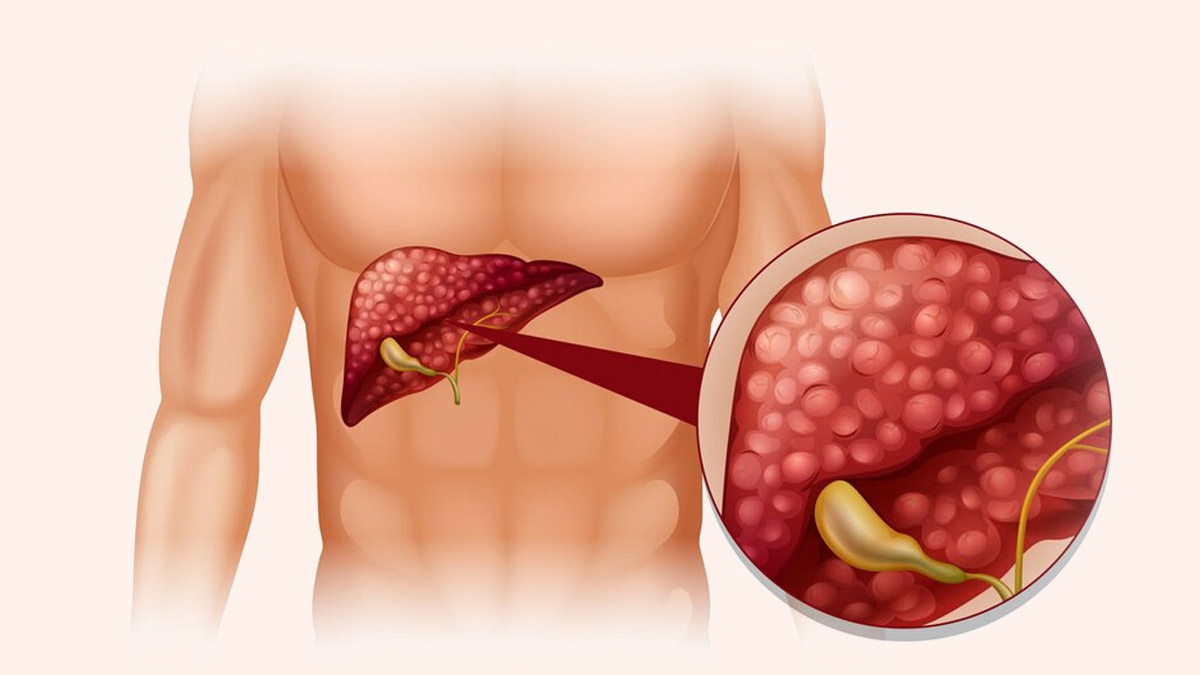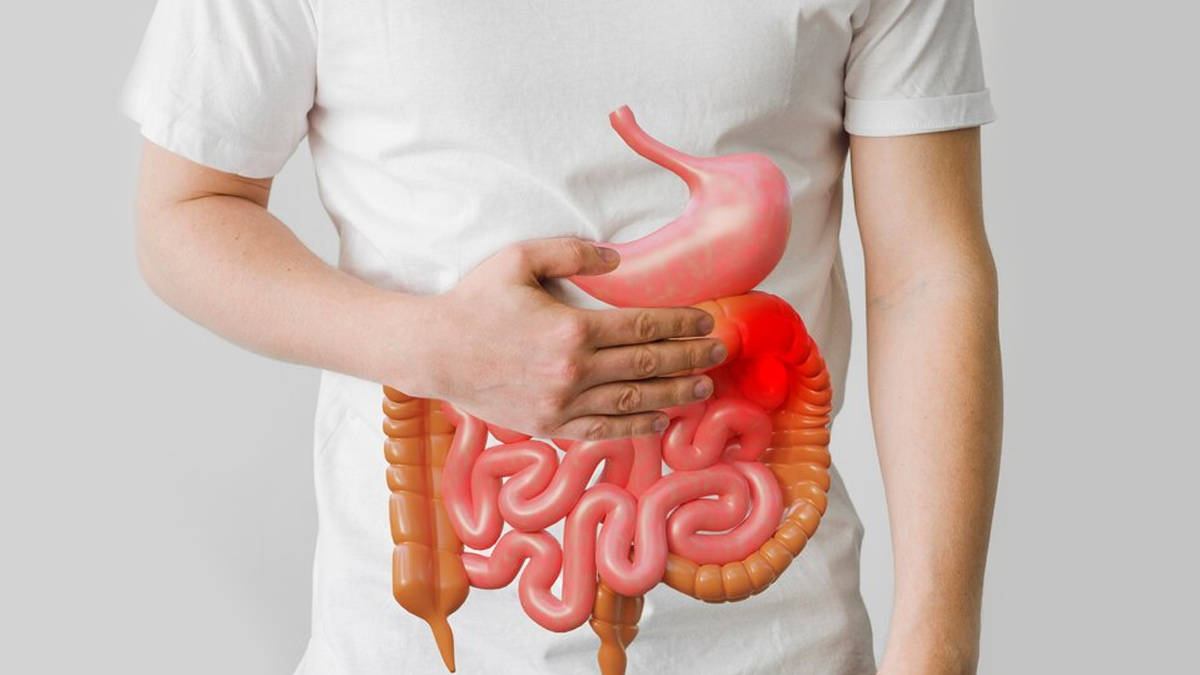
Do you know carcinogens can affect bile duct and cause bile duct cancer? Yes, carcinogen may affect bile ducts, which are the small channels that connect several organs in your digestive system. Their function is to transport bile between various organs. Bile helps to break down fats into fatty acids, which can be taken into the body by the digestive tract.
“Cholangiocarcinoma is the medical term for bile duct cancer, is a rare and complex sort of cancer that begins in the tubes that join the small intestine to the liver and gallbladder. The difficult early identity of this cancer, which regularly establishes as signs at advanced stages, is what makes it so complex,” said Dr Raj Nagarkar - Managing Director and Chief of Surgical Oncology & Robotic Services, HCG Manavata Cancer Centre.

Also read: What Happens When Our Bile Duct Enlarges? Here's What To Do For Prevention
Causes of Bile Duct Cancer
According to Dr Nagarkar, chronic inflammation of the bile ducts is commonly associated with bile duct cancer. Conditions that increase the risk include:
- Primary sclerosing cholangitis- a chronic liver disease in which the bile ducts within and outside of the liver become inflamed and scarred, eventually narrowing or blocking.
- Bile duct stones, and infections
- An elevated risk of bile duct cancer may also be caused by genetic factors and hereditary disorders
Symptoms Of Bile Duct Cancer
According to the National Cancer Institute, patients with bile duct cancer may experience significant and excessive weight loss, along with noticing dark urine, which appears darker than usual, and pale-coloured stools.
Jaundice, resulting in yellowing of the skin and eyes, often accompanies persistent itching, while abdominal pain, commonly felt in the upper right side, may also be present. Patients might also feel fatigue, further resulting of tiredness and weakness, is frequently reported alongside the other symptoms of bile duct cancer
Diagnosis
A physical examination may be conducted to assess general health and identify any signs of illness. To diagnose bile duct cancer, medical professionals employ a variety of imaging procedures, blood tests, and, occasionally, tissue samples.
Advanced scans like CT, Ultrasound MRI play a pivotal role in visualising the bile ducts and identifying any abnormalities. Endoscopic Retrograde Cholangiopancreatography (ERCP) involves the intersection of a flexible tube with a camera through the mouth and into the digestive tract examines the bile ducts. Once cancer is confirmed, staging helps determine the extent of cancer spread. This information is very important for planning an appropriate treatment.

Also read: Home Remedies: 8 Tips to Cure Liver Inflammation Naturally Without Medication
Treatment Options
According to Dr Nagarkar, following are the treatment options of bile duct cancer.
- Surgery: Surgical intervention, involving the removal of the tumour, part of the liver, or the entire affected bile duct, stands as a common and primary treatment for localised bile duct cancer.
- Liver Transplantation: A liver transplant may be considered as a possible treatment option in some circumstances, especially if the cancer is limited to the liver and fits certain requirements.
- Chemotherapy: Administration of drugs designed to shrink tumours before surgery or to manage the progression of advanced bile duct cancer.
- Targeted Therapy & Immunotherapy: Targeted therapies, homing in on specific molecules pivotal to cancer growth, come into play when other treatment modalities prove ineffective. This focused approach aims to disrupt the cancer's development at a molecular level.
“Better results need a proactive approach since bile duct cancer frequently shows up slowly and is challenging to detect early. We should be better equipped to face this strong foe if we identify mild signs early on, such as constant itching, stomach discomfort, jaundice, or unexplained weight loss.” Dr Nagarkar concluded.
Also watch this video
How we keep this article up to date:
We work with experts and keep a close eye on the latest in health and wellness. Whenever there is a new research or helpful information, we update our articles with accurate and useful advice.
Current Version